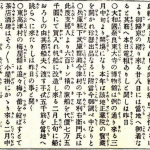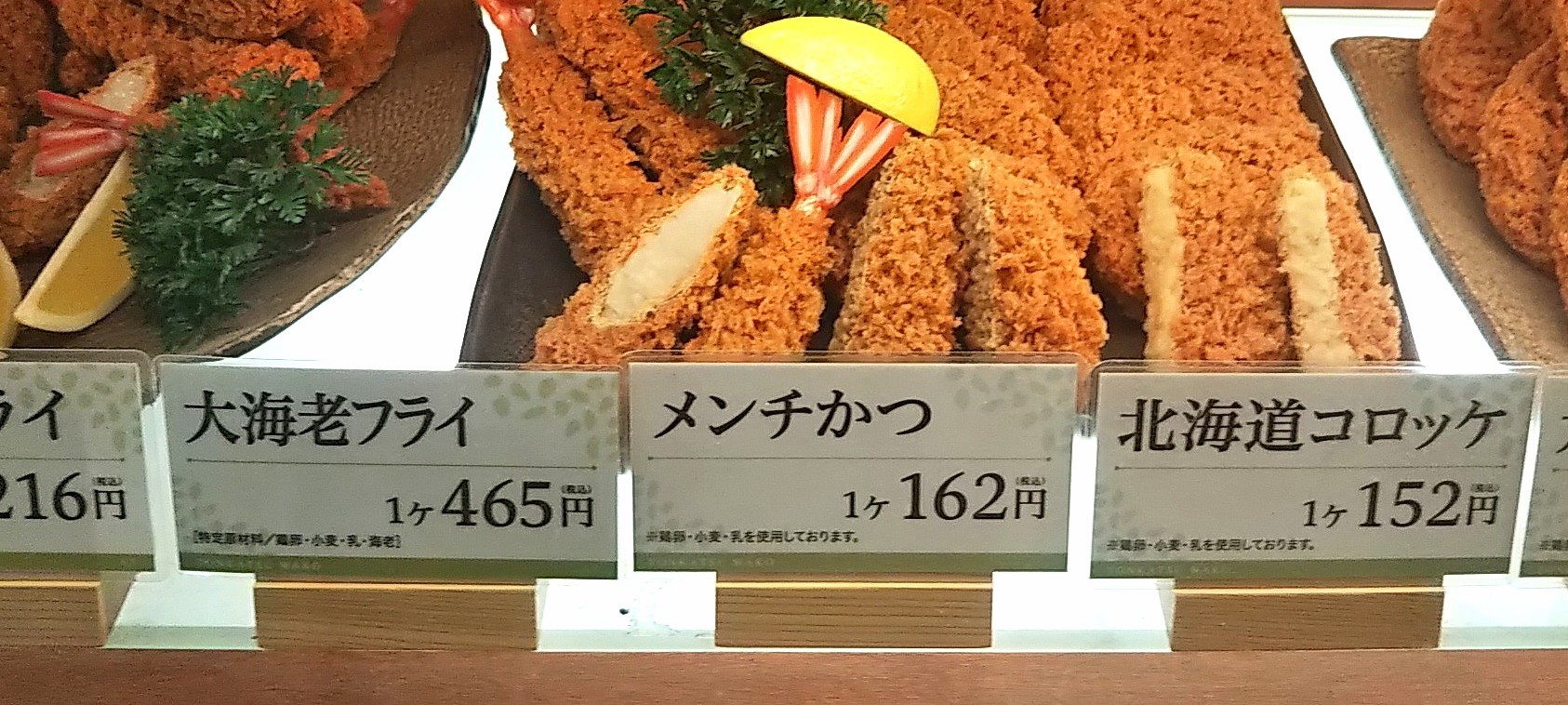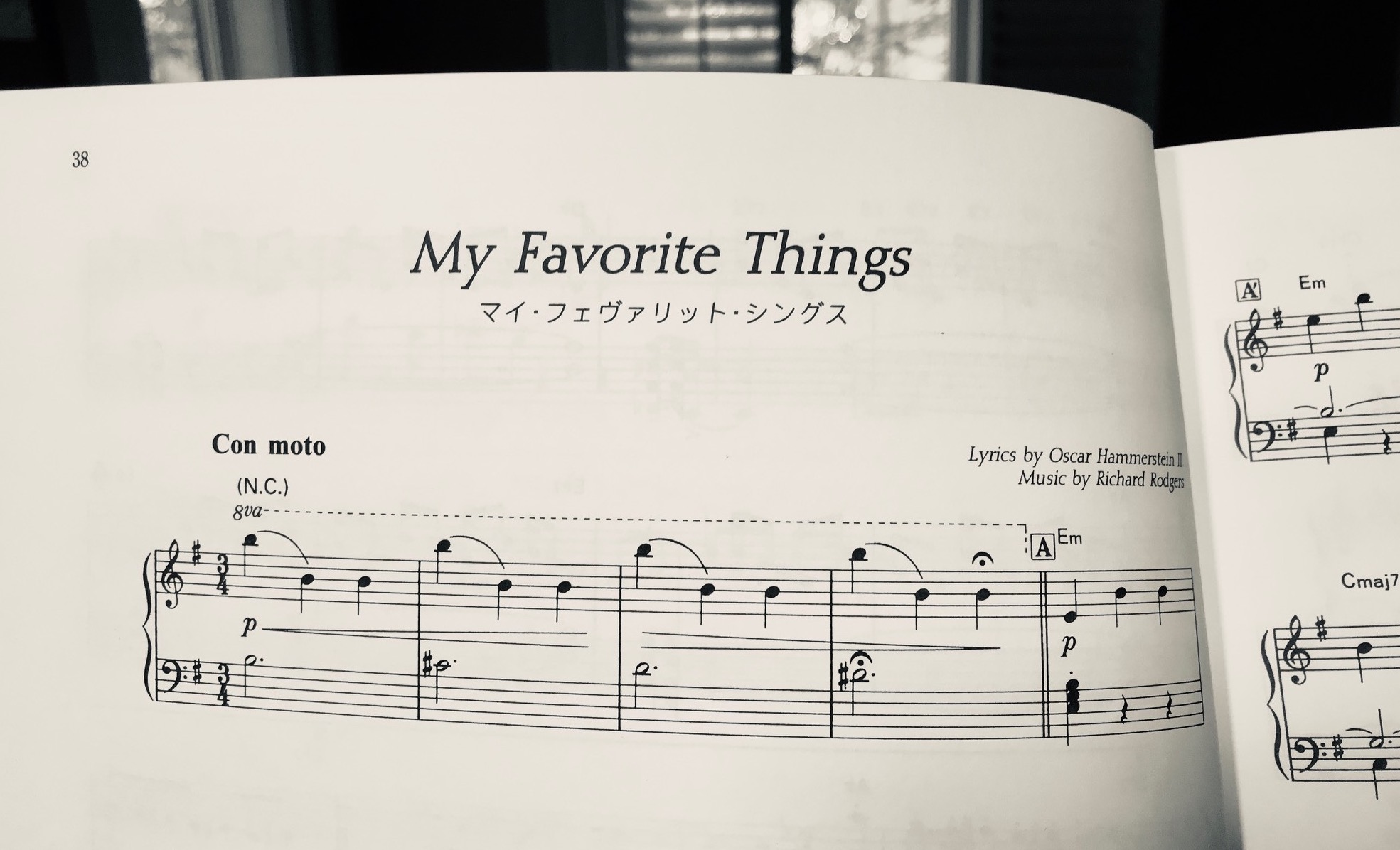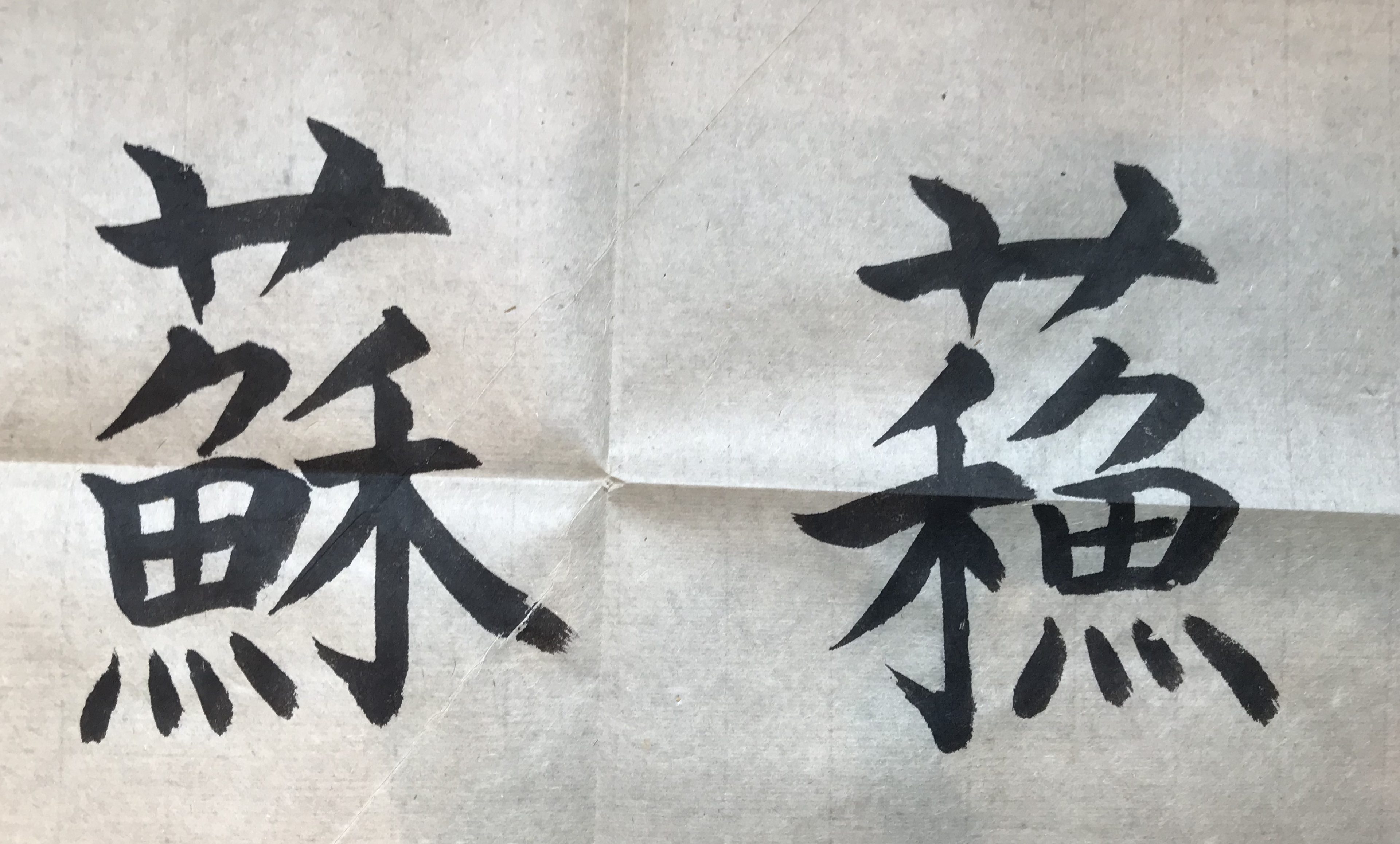ルビ付き和訳は英文の下にございます。/ The Japanese translation is below the English text and is fully rubied.
Why does “ruby” mean “furigana”?
Contents
- What is furigana?
- What is “ruby”?
- How “ruby” came to Japan and became “rubi”
- The meaning of “rubi” today
- Japanese translation (和訳)
***************************************************
1. What is furigana?
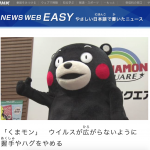
Do you know “furigana”?
When you read a Japanese text, you sometimes see a small hiragana near a Chinese character. It is usually placed above the Chinese character in a horizontal text. Those hiragana indicate the pronunciation of the Chinese characters and are called “furigana”.
“Furi-gana” is a compound word of the “masu” stem of the verb “furimasu” meaning to assign and “kana” meaning hiragana or katakana. Therefore it means assigned hiragana or katakana.
Traditional Japanese writing is presented in vertical text. In this case, furigana is placed on the right side of the Chinese characters.
2. What is “ruby”?

“Rubi” means furigana, but I didn’t use the word when I was a student. I first noticed when my boss used it while I was working as an editor. We used the word in communicating with typographers, too.
So I thought it was a term used in the publishing business, without knowing why.
Later, I learned to type in Word and found the function to allow me to put furigana for a Chinese character. They indicate this function as “ruby” in English like a jewel.
Since “rubi” and “ruby” sounded very different to me, I thought they had nothing to do with each other. I was wrong.
3. How the English “ruby” became “rubi” in Japanese
In the 19th Century, British typographers referred to different font sizes by specific names. For example, type with a height of 6.5 point was called “emerald”, 5.5 point “ruby”, 5 point “pearl” and 4.5 point “diamond”. They used these words for interlinear annotations.
Turning to Meiji Japan (1867-1911), Japan received an influx of Western culture. As one example of the Western influence, newspaper publishing and letterpress printing began. Some publishers typeset furigana on Chinese characters so that people without higher education could read their articles and advertisements.
The size of a font in newspapers was shown with a number and a unit “goo (号)”. For example, they used 5-goo for the main text and smaller 7-goo for furigana.
And the 7-goo was very close to the British “ruby” size. So they first referred to the size as “rubi”, but then the meaning changed to indicate typeset furigana of any font size.
By the way, in American English, they called the size of “ruby” “agate”. We don’t know why that word didn’t enter Japanese, but as a retrospect, “rubi” is better since it is shorter.
4. The meaning of “rubi” today
In today’s Japanese, “rubi” is just another name for furigana. But there is a hint of history in the “professional” atmosphere around it.
[End of the English post]
なぜ振り仮名をルビという?
目次
- 振り仮名とは?
- 「ルビ」とは?
- 英語の「ルビー」から日本語の「ルビ」へ
- 現在の「ルビ」
********************************************
1. 振り仮名とは?
「振り仮名」ってご存知ですか。
日本語の文を読んでいて、漢字の上(横書きの場合)小さな平仮名を見ることがあります。この平仮名は、漢字の読み方を示していて、振り仮名と呼ばれます。
[振り仮名つきニュースの見出し画像、英文部をご参照ください]
振り仮名は、動詞「振ります」のマス語幹と平仮名・片仮名を意味する「かな」の複合語で、各漢字に割り振られた平仮名または片仮名という意味です。
伝統的な日本語の文は縦書きですが、この場合、振り仮名は漢字の右側に付きます。
[縦書きの振り仮名画像、英文部をご参照ください]
2.「ルビ」とは?
「ルビ」という言葉、振り仮名のことですが、私が学生の時は使いませんでした。仕事で雑誌の編集をしていたとき、上司が振り仮名のことを「ルビ」と言っていたので気づいたのです。また、印刷所の人々と連絡をする時も使っていました。
それで、出版関係者が使う言葉かと思っていました。なぜ振り仮名をルビというのかはわからないまま。
のちにワード文書の使い方を習ったとき、漢字に振り仮名が付けられる機能を知りました。この機能は、宝石のように「ルビー Ruby」という英語で示されます。
「ルビ」と「ルビー」は語感が全然違うので、関係ないだろうと思っていました。でもそれは間違いでした。
3. 「ルビー」がどのように「ルビ」となったか
19世紀のイギリスでは、印刷業者は、字の大きさについて特別な用語を使いました。例えば、6.5ポイントは「エメラルド」、5.5ポイントは「ルビー」、5ポイントは「パール」、4.5ポイントは「ダイヤモンド」などと、行間の付注に使っていたのです。
ひるがえって明治日本では、西洋文化の大きな影響を受けて、新聞発行と活版印刷が始まりました。高等教育を受けていない人も漢字を読めるようにと考えた出版社は、記事や広告に仮名を振りました。
[新聞記事の画像、英文部をご参照ください]
新聞などの字の大きさは、数字と「号」という単位で示します。例えば、本文が5号だったら、振り仮名にはそれより小さい7号を使いました。
7号はイギリスの活版印刷の「ルビー」の大きさにとても近かったので、これが「ルビ」と呼ばれるようになりました。やがて、大きさにかかわらず活字に組んだ振り仮名自体を指すようになったのです。
なお、アメリカ英語では、「ルビー」の大きさは「瑪瑙(アガット)」と呼んでいたようです。どうしてその言葉が日本語に入らなかったかわかりませんが、今になってみると「ルビ」の方が短くて使いやすいですね。
4. 現在の「ルビ」
今日、「ルビ」はただの、振り仮名の別の言い方です。でも、「プロっぽい」雰囲気が残っているところにちょっぴり歴史を感じます。
[和文部終わり]
